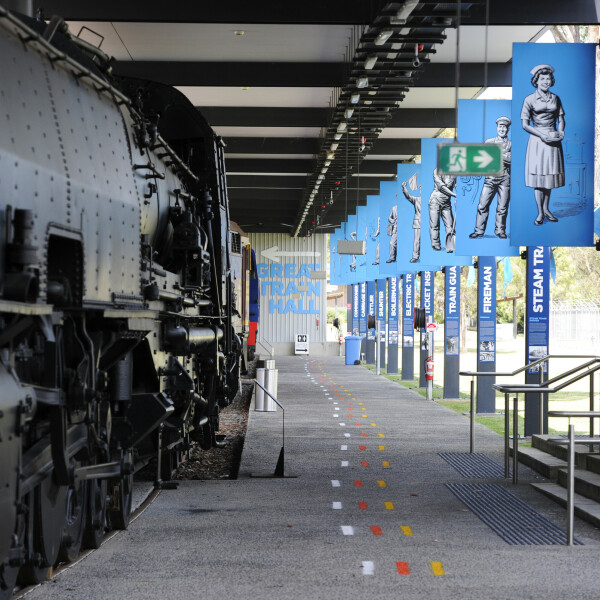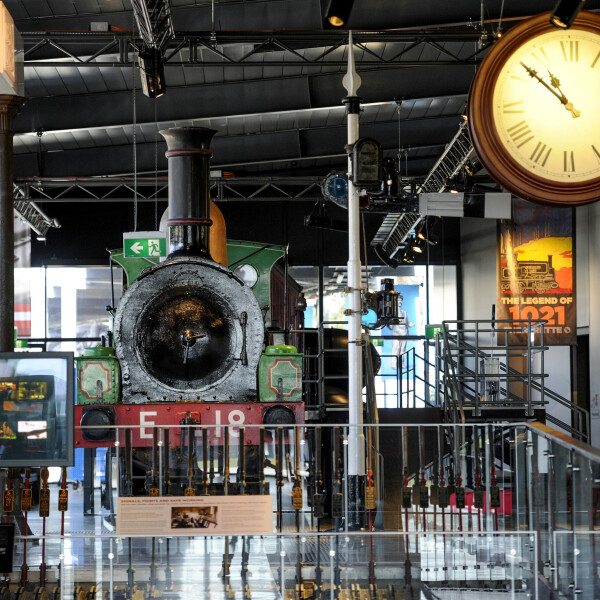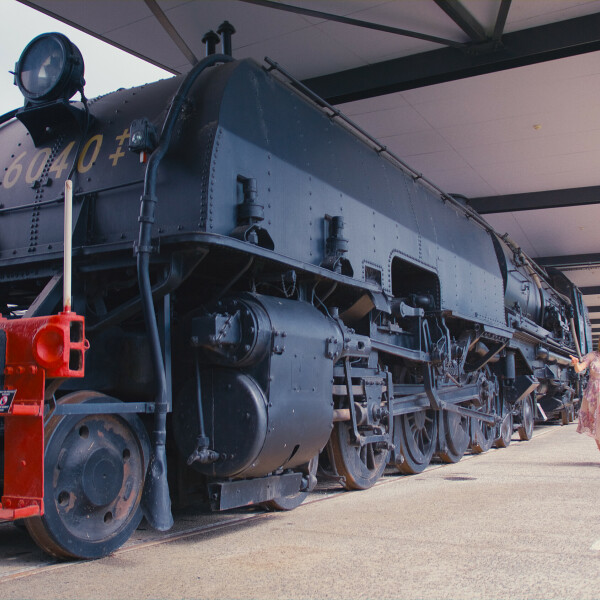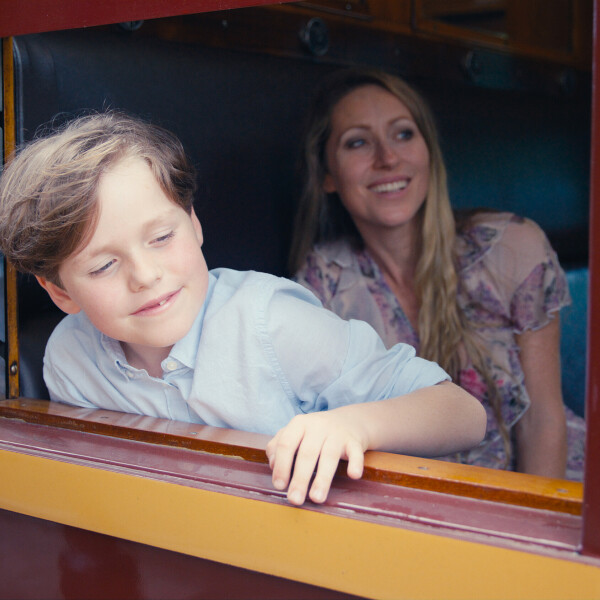A SIT DOWN WITH THE NSW RAIL MUSEUM OPERATIONS MANAGER
Meet Daniel, a self-proclaimed evangelist for Wollondilly and Operations Manager at the NSW Rail Museum. Daniel has great knowledge and insight into Wollondilly’s rail heritage and a special place in his heart for the Thirlmere Festival of Steam, read on discover more!
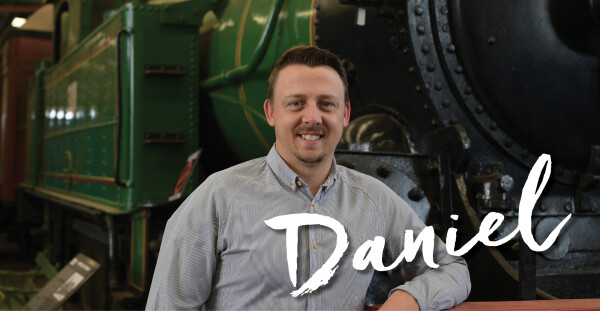
Let’s jump right into it, tell us a little bit about yourself
I’ve been fortunate to have spent my entire life (36 years) living in Wollondilly, specifically in the towns of Picton and Thirlmere. I’m married to my wife Joanne have three young kids who attend local schools and I work at the NSW Rail Museum as their Rail Operations Manager.
What about your role at the Museum? How did that all start?
I grew up living alongside the railway line and was fascinated at the passing steam trains from a young age. When I was 15 years old, myself and two other school friends wandered into the Rail Museum at Thirlmere and asked to be given something to do! The friendly team there were more than happy to put us to work. In the ensuing 20 years, I’ve watched the museum and its train operating activities be transformed into a world-class attraction and many of those young volunteers go on to forge careers in the rail industry.
In my role as Rail Operations Manager at the NSW Rail Museum, I have overall responsibility for the delivery of the iconic heritage train journeys that operate from Thirlmere and all across NSW, supported by a team of over 200 volunteers and a handful of staff. It’s rewarding to see the smiles the steam trains bring to people of all ages. Occasionally I have to pinch myself to remember how lucky I am to have such a unique and rewarding job in such a great part of the world.
All the trains are magnificent, but you would have to have a favourite?
It would have to be locomotive 3801. As a child, my grandfather took me to the Festival of Steam at Thirlmere and I distinctly remember standing with him and watching in awe as famous green-streamlined steam locomotive 3801 chugged into town. Recently, we have carried out a restoration of 3801 and we take it all over NSW for communities where many young children have a similar experience as the one I did with my grandfather all those years ago.
How long have you lived in Wollondilly? Any history to share?
Whilst I’ve lived in Wollondilly for a short 36 years, I look after a railway that’s 155 years’ old and it has many stories to tell.
I see evidence of century old workmanship; read accounts from weary travellers and those caught-up in the odd train crash; and get a sense of what life was like for those living in the railway towns all that time ago.
What strikes me most about the history of the railway townships is the significant change the area has seen. In the late 19th and early 20th centuries, the railway played an instrumental role in the development and service of the villages between Picton and Mittagong, moving significant numbers of people and goods, before inevitable progress diminished its use and importance. Nowadays however, it once again plays a significant role but for different reasons, by offering unique tourist and heritage experiences to people from all across Sydney and beyond.
What about Wollondilly, what’s your favourite town?
I have a soft spot for Picton village. It has a great blend of natural beauty with the surrounding hills and creek, oozing character from the heritage buildings, great shops and businesses and excellent spaces to explore. It’s an underrated NSW country town, but perhaps we like it that way!
Where do you pick up your morning coffee in the Dilly?
I’m not really a coffee drinker, but do love a good lunch! I can (very) frequently be found sampling the delights at my two favourite lunch spots, Loop Line Pies in Thirlmere for a Spud Pie, or Pheasants Nest Produce in Picton for their delicious Arancini Balls.
How would you describe Wollondilly to a visitor?
I’m not ashamed to be a bit of a low-key evangelist for Wollondilly! For decades it has been an under-appreciated region, but lately it’s really coming into its own. We have dozens of stunning natural spaces only a stone’s-throw from our back yards. Great local produce and places to eat. Whilst we’re growing, we haven’t lost the community feel and rural living that so many of us value. Hence, I’m convinced Wollondilly is one of the best places to live, work and play in NSW.
Why do you think the rail museum is so important?
The Rail Museum is a significant and special place for a number of reasons. It exhibits a huge collection of trains and objects that have been collected and restored over 60 years, each telling a story of social and technological significance to NSW.
It deploys an army of volunteers and team of dedicated staff who are all simultaneously passionate about railways, community minded and skilled in a range of disciplines to ‘keep the wheels turning’. Finally, there aren’t too many places in Australia (or indeed the world!) where you can go to see the scale of rail heritage activity featured at the NSW Rail Museum – it is truly a rare gem that deserves to be protected.
And just one last question for fun, what do you do to relax in your spare time?
I love to explore outdoors in the Wollondilly. The Picton Botanic Gardens is a family favourite space to soak up the sun. I also love to go bushwalking with friends, I’ve even been lucky to spot a platypus or two swimming in the Bargo River!

